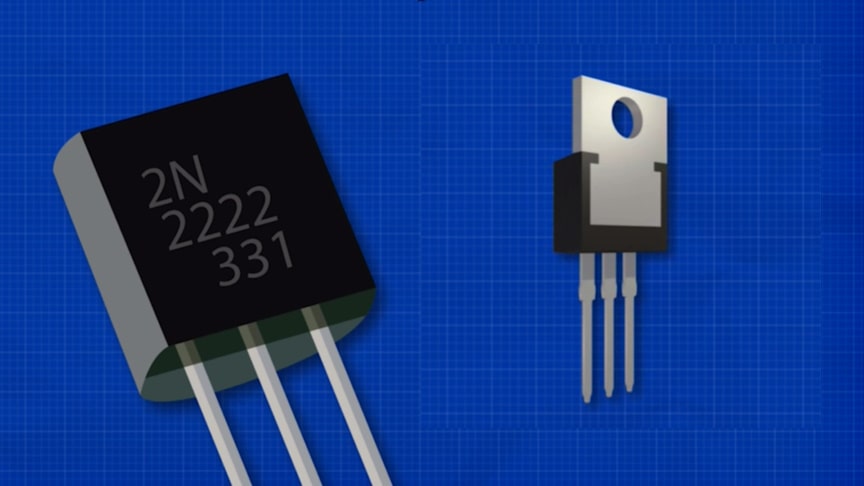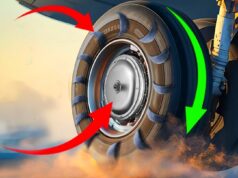A transistor is a semiconductor device used to amplify or switch electrical signals and power. The transistor works like an electronic switch. It can turn a current ON and OFF.But a transistor can also be turned partly on, which is useful for building amplifiers.
In this video we learn how transistors work, the different types of transistors, electronic circuit basics, how to build a transistor circuit, transistor amplifier, current gain beta, npn, pnp, heat sink, electronics and electrical engineering. Plus more!
A simple way to think about it is to look at the transistor as a relay without any moving parts. A transistor is similar to a relay in the sense that you can use it to turn something ON and OFF.When it works as an amplifier, it takes in a tiny electric current at one end an input current and produces a much bigger electric current (an output current) at the other.
Advertisement
Transistors can also work as switches. A tiny electric current flowing through one part of a transistor can make a much bigger current flow through another part of it. In other words, the small current switches on the larger one.Most transistors are made from very pure silicon, and some from germanium, but certain other semiconductor materials are sometimes used.











